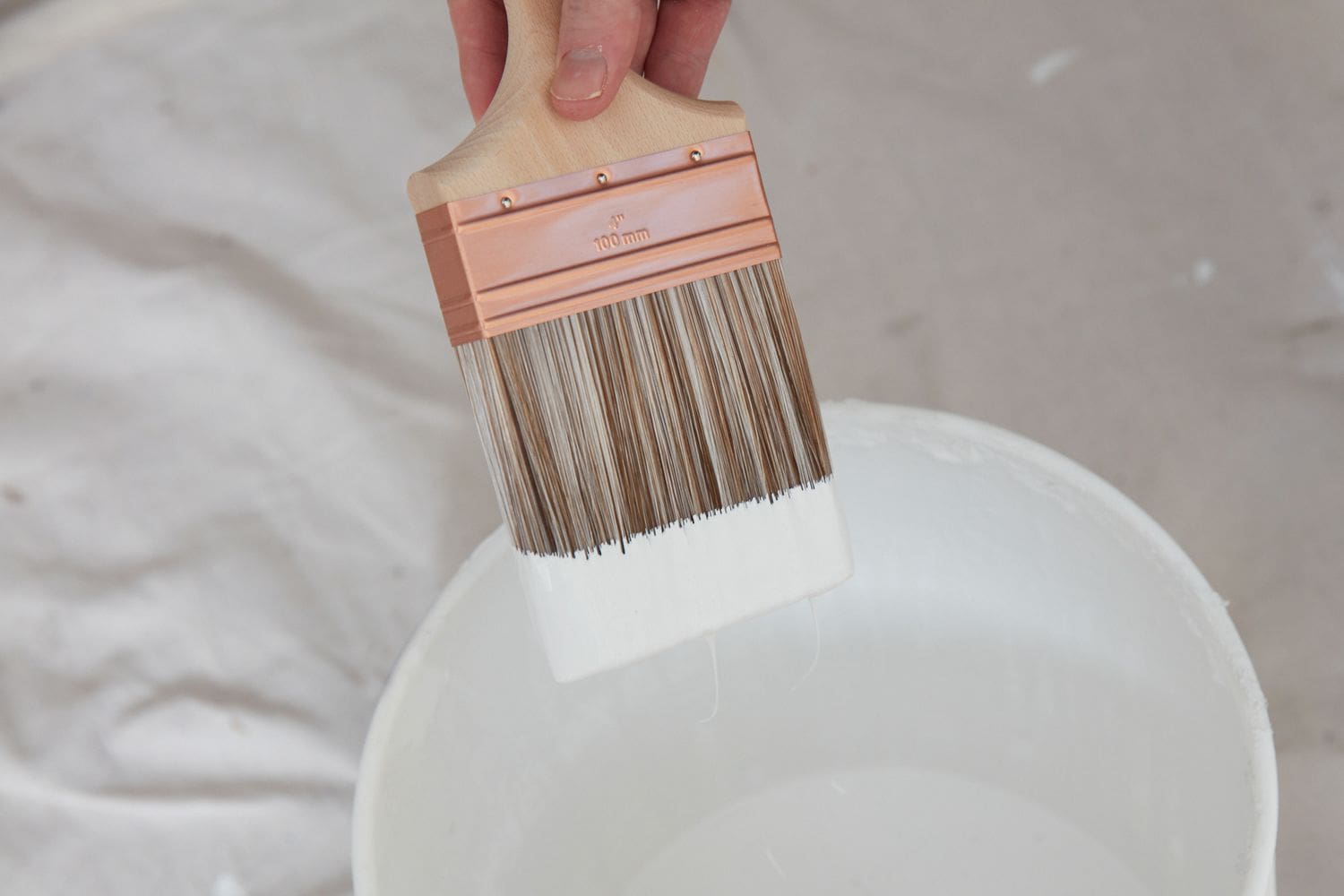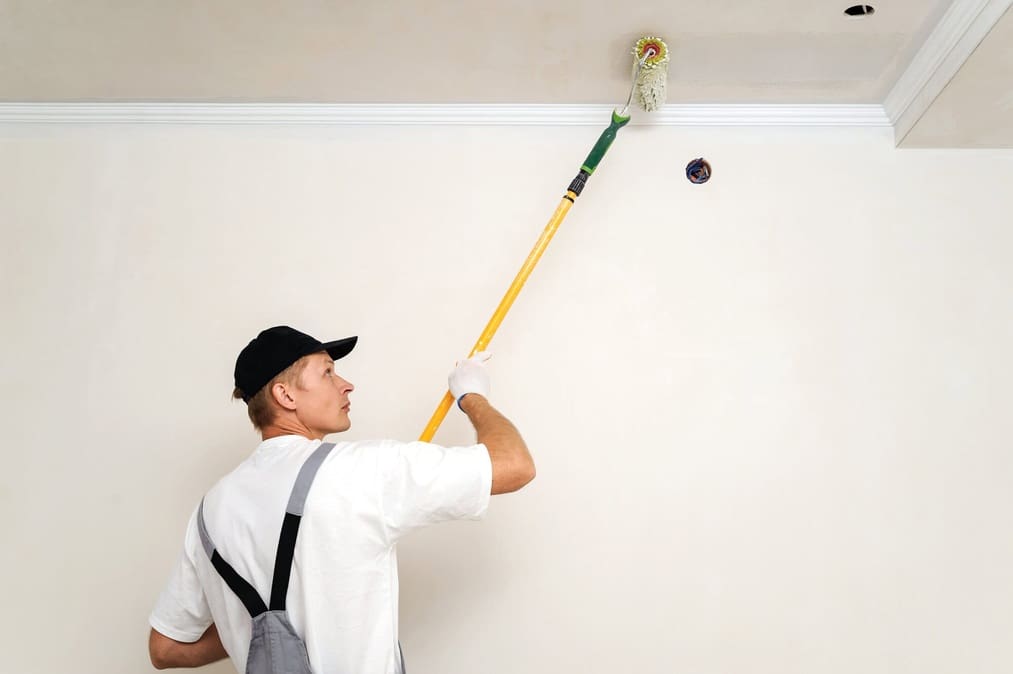
The 5 Best Steps for Painting Interior Brick Walls
Table of Contents
Introduction
When it comes to enhancing the aesthetics of your living space, painting interior brick walls is a game-changer. This guide will walk you through the process of painting interior brick walls, from selecting the best paint for interior brick to the final brushstroke. If you’re looking for interior painting tips, you’re in the right place.
Why You Should Paint Your Interior Brick Walls?
Before diving into the “how,” let’s address the “why.” Here are some compelling reasons to consider when pondering painting your interior brick walls:
Aesthetic Enhancement: Painting interior brick walls can work wonders, transforming a room and making it appear brighter and more modern.
Concealing Imperfections: Sometimes, interior brick walls may have stains or damage. Painting them can effectively hide imperfections, giving your walls a fresh, clean look.
Personalization: With a wide variety of paint colors available, you can personalize your space, matching it to your décor and style preferences.
Value Addition: If you’re thinking about selling your home, freshly painted brick walls can boost its resale value.
Before Painting Your Brick Walls
Before you start painting, proper preparation is key. Here’s what you need to do:
1. Cleaning and Preparation

Begin by cleaning the brick surface thoroughly. Remove dust, dirt, and any loose mortar with a wire brush. This step is crucial when painting interior brick walls.
2. Selecting the Right Paint
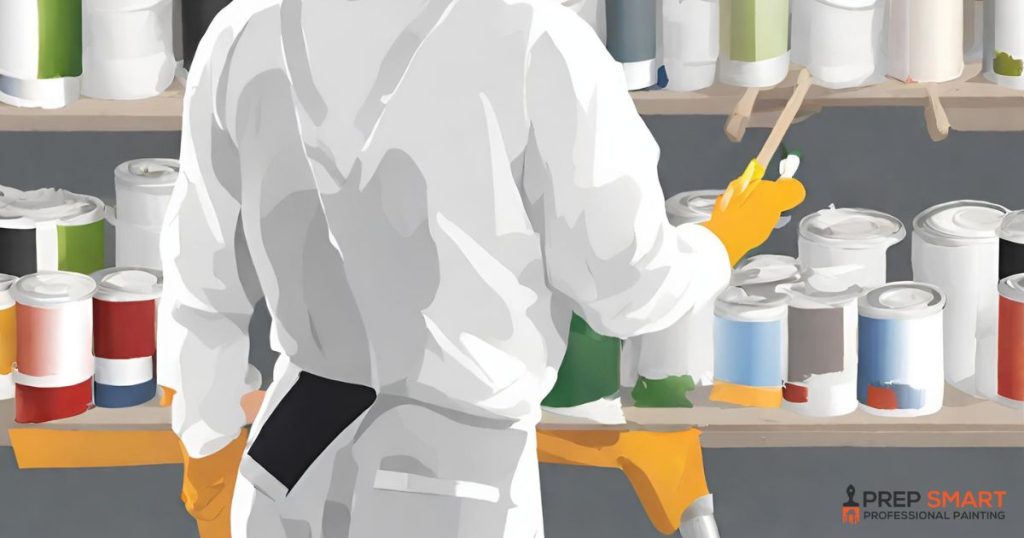
When it comes to the best paint for brick interior, opt for high-quality, breathable masonry paint designed for interior use. Consider the color carefully to complement your interior design.
3. Applying Primer
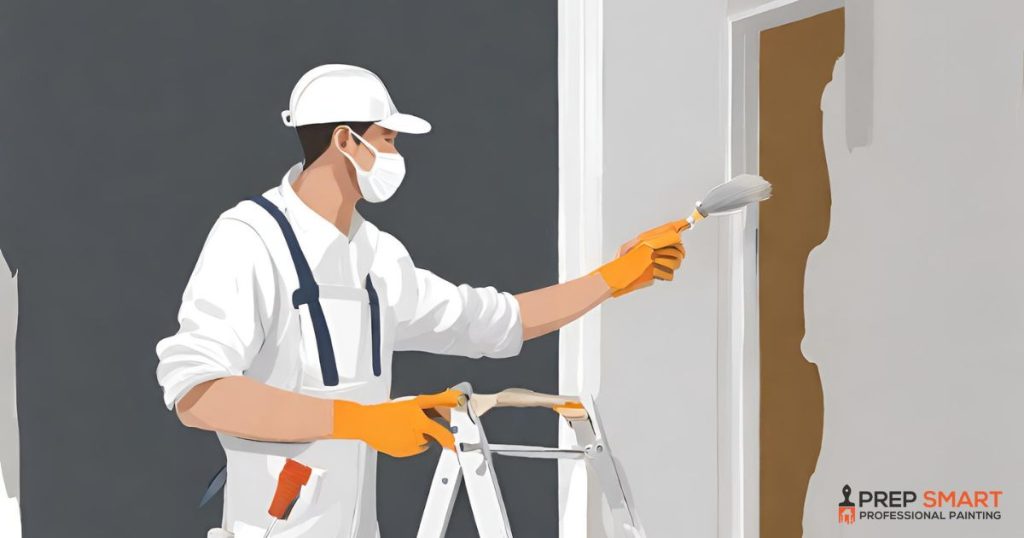
To ensure the paint adheres well and provides a smooth finish, apply a masonry primer to your interior brick walls. Follow the manufacturer’s instructions for drying time.
4. Painting Your Interior Brick
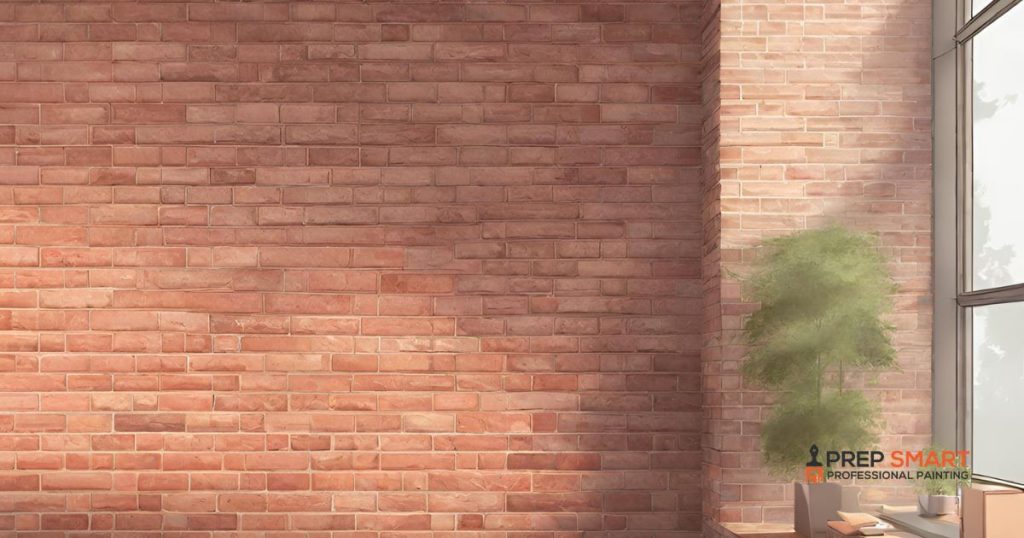
Now, let’s dive into the painting process for your interior brick walls:
Applying the First Coat
- With your cleaned and primed brick surface ready, use a high-quality roller or paintbrush suited for masonry surfaces. Before you start, it’s a good idea to apply painters tape along the edges of adjacent surfaces to ensure clean lines.
- Begin at the top of the wall, working your way down with smooth, even strokes. Pay attention to mortar lines for thorough coverage, and use acrylic caulk to fill any gaps or cracks for a seamless finish.
Drying Time
- Allow the first coat to dry completely, following the paint manufacturer’s instructions for drying times
Optional Techniques
- Explore different painting techniques, such as distressing with a wire brush or achieving a whitewashed effect using white paint, acrylic paint, or latex paint, for a unique textured look on your brick walls.
Safety Considerations
- Ensure proper ventilation when painting indoors to dissipate paint fumes. Use personal protective equipment, including gloves and safety goggles, to protect against paint splatters.
5. Adding a Second Coat

Once the primer is dry, apply the first coat of paint using a roller or paintbrush. For a flawless finish, let it dry completely before applying a second coat. This is a vital step when you want to know how to paint an interior brick wall.
Aftercare and Maintenance
To maintain the appeal of your newly painted interior brick walls, particularly your captivating accent wall, here are some aftercare tips:
- Regularly cleaning brickwork, whether it’s interior or exterior painting brick, is essential for extending its lifespan. Establishing a cleaning schedule is advisable.
- A simple wash with water and light scrubbing every two to three years is sufficient for maintenance.
- In case of scuffs or chips, touch up the paint with the same color to maintain a pristine appearance, whether it’s on your interior brick walls or exterior brick surfaces.
- To clean the low-rise painted brick wall with plants, a bleach solution should suffice. Ensure that the soil is adequately watered before applying the bleach to the bricks. After scrubbing, generously rinse the area with water
Conclusion
Painting interior brick walls is a rewarding project that can breathe new life into your living space. Professional Painters in Rhode Island recommend following these five steps, from selecting the best paint for interior brick to the finishing touches, and watch your interior brick surfaces transform.
Professional Painters in Connecticut suggest that if you’re also looking to paint interior brickwork fireplaces, be sure to check out our comprehensive guide: Paint Interior Fireplaces Like a Pro. It’s a valuable resource for enhancing the overall appeal of your home. Professional Painters in Massachusetts highlight the importance of using the right materials and techniques to achieve a lasting and beautiful finish.
FAQs
Q1: Can I paint interior brick walls myself, or should I hire a professional?
A1: Painting interior brick walls can be a DIY project if you have the necessary tools and experience.
However, if you’re unsure about the process or want a flawless finish, it’s advisable to consult with a professional painter.
Q2: How long does it take to paint interior brick walls?
A2: The time required depends on factors like the size of the room and the number of coats applied. Typically, it takes a few days, including drying time between coats.
Q3: Can I change the color of my painted brick walls in the future?
A3: Yes, you can change the color of your painted interior brick walls. Properly prepare the surface, apply a new coat of paint in the desired color, and follow the same painting process.

